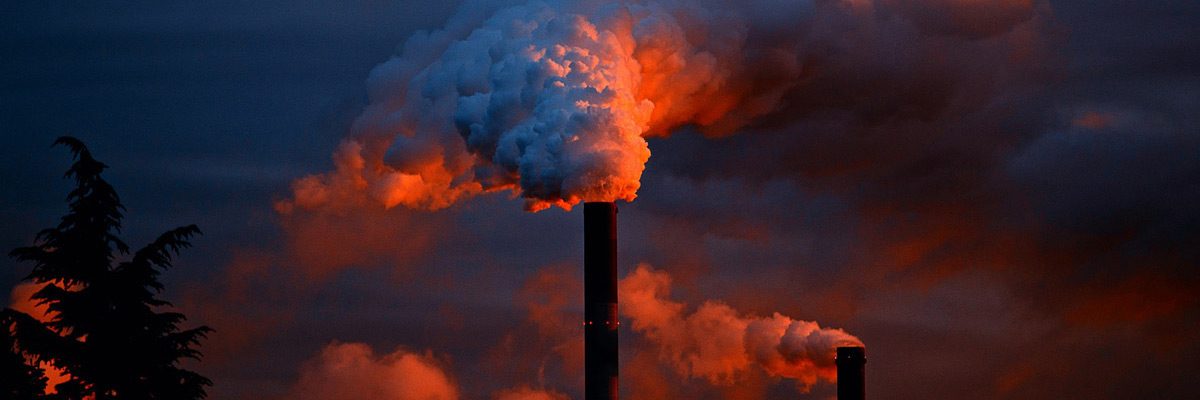http://blogs.forbes.com/christopherhelman/2011/03/15/in-panic-germany-to-shut-pre-1980-nukes/
In Bizarre Panic, Germany’s Merkel To Shut Pre-1980 Nukes
What a bone-headed move. There’s nothing wrong with the 7 nuclear plants that German Chancellor Angela Merkel decreed would be shut down. Just last fall Germany decided to extend the lives of these plants, which provide roughly 10% of Germany’s electricity. With solar and wind entirely unscalable, how’s Germany going to make up the electric deficit? Either by ramping up the use of fossil-fuel burning plants (and importing more natural gas from Russia) or importing power from its neighbors–like nuke-friendly France.
:}
OR
:}
http://www.commondreams.org/view/2011/03/16
Published on Wednesday, March 16, 2011 by Truthdig.com
No Nukes Is Good Nukes
When it comes to the safety of nuclear power plants, I am biased. And I’ll bet that if President Barack Obama had been with me on that trip to Chernobyl 24 years ago he wouldn’t be as sanguine about the future of nuclear power as he was Tuesday in an interview with a Pittsburgh television station: “Obviously, all energy sources have their downside. I mean, we saw that with the Gulf spill last summer.”  Futaba Kosei Hospital patients who might have been exposed to radiation are carried on stretchers Sunday morning after being evacuated from the hospital in the town of Futaba near the stricken Fukushima Daiichi nuclear power station. (AP / The Yomiuri Shimbun, Daisuke Tomita)
Futaba Kosei Hospital patients who might have been exposed to radiation are carried on stretchers Sunday morning after being evacuated from the hospital in the town of Futaba near the stricken Fukushima Daiichi nuclear power station. (AP / The Yomiuri Shimbun, Daisuke Tomita)
Sorry, Mr. President, but there is a dimension of fear properly associated with the word nuclear that is not matched by any oil spill.
Even 11 months after what has become known simply as “Chernobyl” I sensed a terror of the darkest unknown as I donned the requisite protective gear and checked Geiger counter readings before entering the surviving turbine room adjoining plant No. 4, where the explosion had occurred.
It was a terror reinforced by the uncertainty of the scientists who accompanied me as to the ultimate consequences for the health of the region’s population, even after 135,000 people had been evacuated. As I wrote at the time, “particularly disturbing was the sight of a collective farm complete with all the requirements of living: white farm houses with blue trim, tractors and other farm implements, clothing hanging on a line and some children’s playthings. All the requirements except people.”
:}
You decide. More next week.
:}


 The pipeline that’s going to carry carbon dioxide from one place to another as part of the FutureGen clean-coal project is the subject of a bill which has passed a Senate committee. The bill writes a process for Illinois to oversee the construction and operation of such a pipeline.
The pipeline that’s going to carry carbon dioxide from one place to another as part of the FutureGen clean-coal project is the subject of a bill which has passed a Senate committee. The bill writes a process for Illinois to oversee the construction and operation of such a pipeline.
 This first-person view is the most terrifying and astonishing video I’ve seen of the Japan tsunami. Initially everything seems ok, just a mild wave coming towards the camera. But keep watching—the sea goes Godzilla and destroys everything.
This first-person view is the most terrifying and astonishing video I’ve seen of the Japan tsunami. Initially everything seems ok, just a mild wave coming towards the camera. But keep watching—the sea goes Godzilla and destroys everything.













